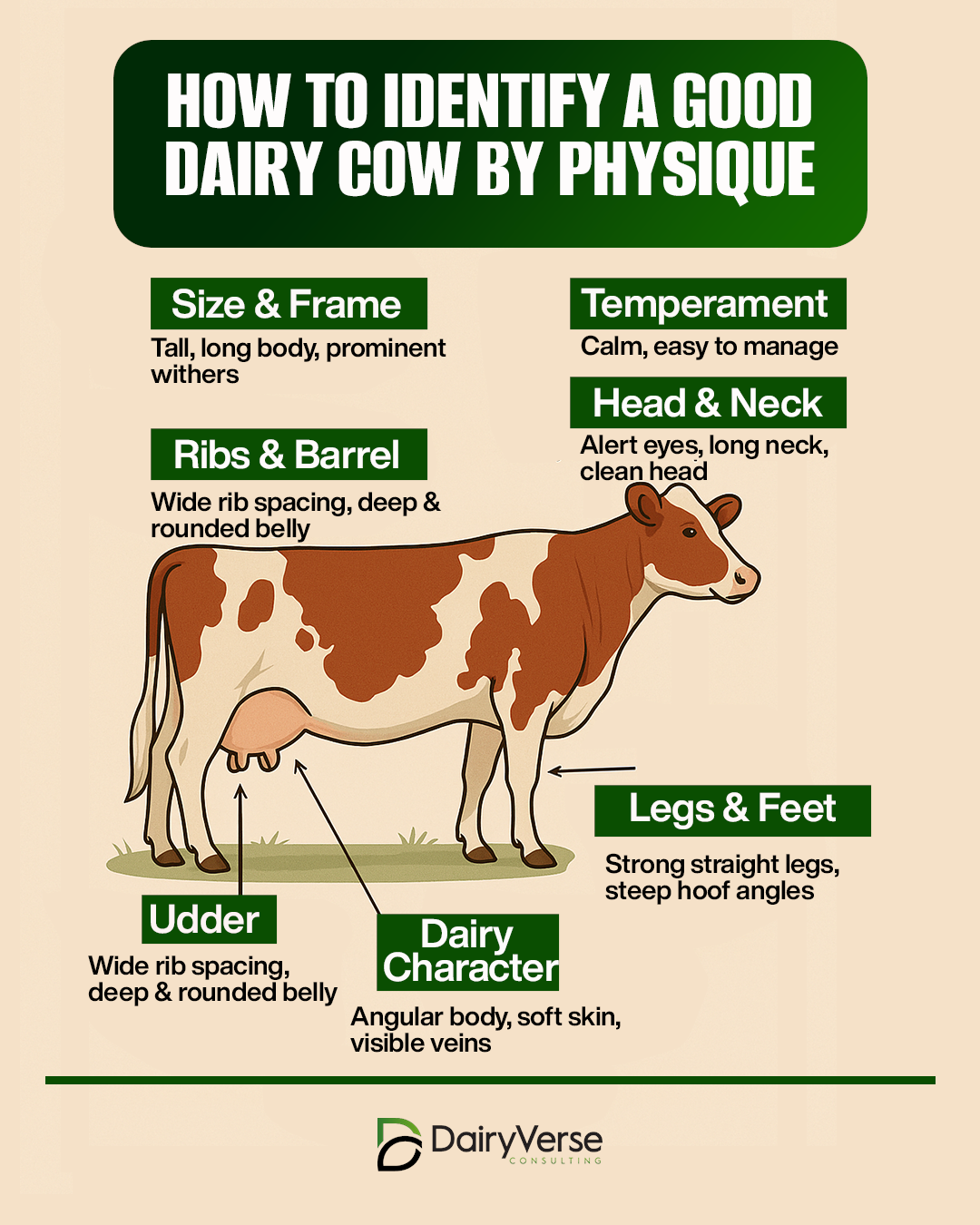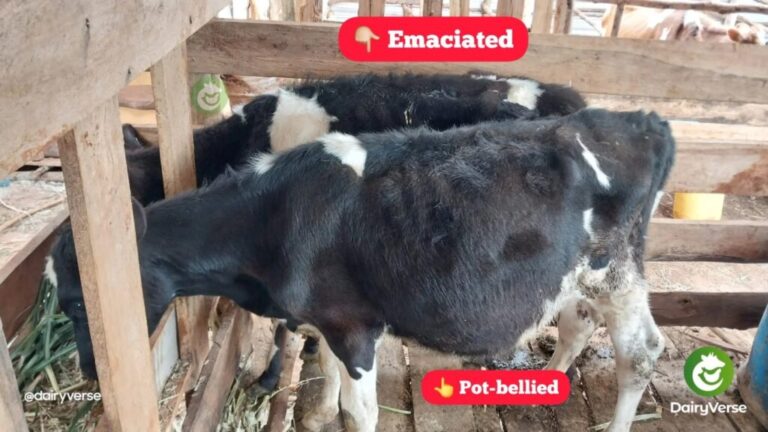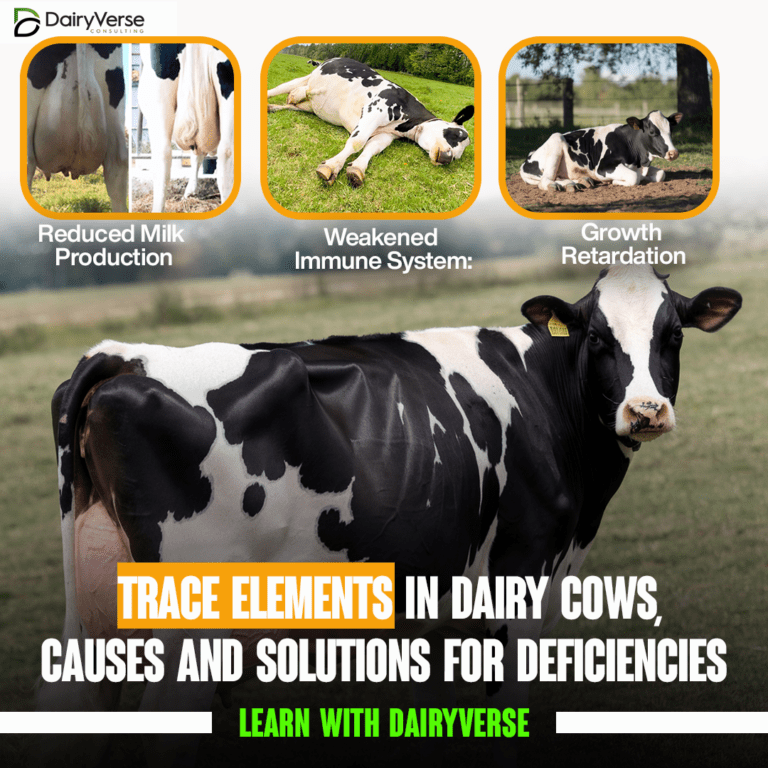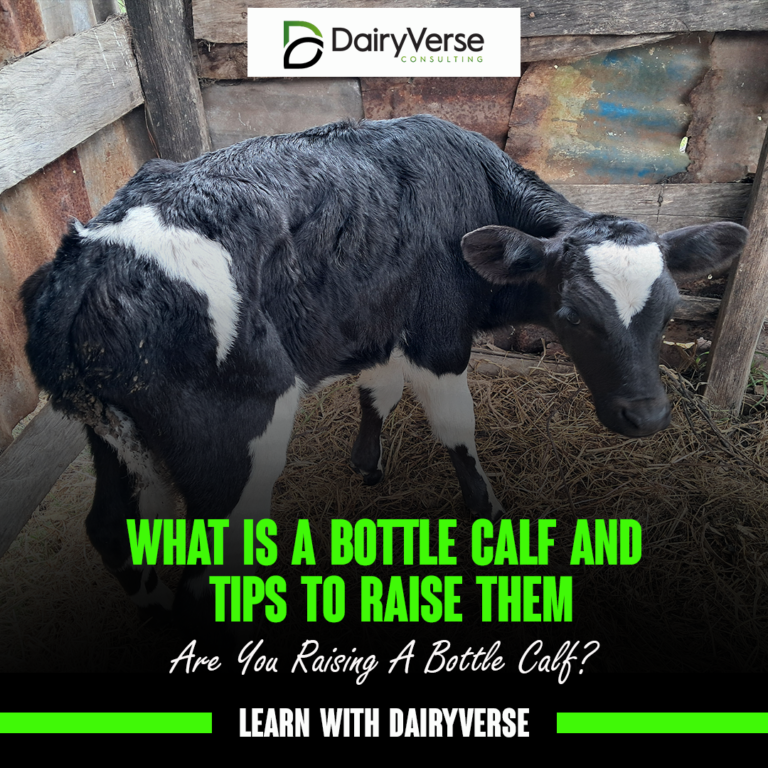How to Identify a Good Dairy Cow by Physique.
Selecting a productive dairy cow isn’t just about breed; it’s about physique. A cow’s physical structure reveals a lot about her milk-producing potential, health, efficiency, and longevity in the herd. Whether you’re a smallholder farmer or a large-scale investor, understanding these visual cues can help you make informed decisions that impact your farm’s profitability.
Below is a breakdown of seven key physical traits to look out for when evaluating dairy cows:
1. Body Frame and Size
A good dairy cow typically has a large frame and a long, lean body. This frame allows for greater internal capacity, translating into better digestion and more efficient milk production.
- Tall and long-bodied: Enhances feed intake capacity and allows space for a large udder.
- Prominent withers: This bony ridge between the shoulder blades supports the udder and shoulder structure, contributing to overall sturdiness.
2. Ribs and Barrel
A dairy cow’s rib spacing and barrel size are indicators of her internal organ capacity, specifically the lungs and rumen (stomach chamber).
- Wide-spaced ribs suggest strong respiratory and digestive systems, which are essential for feed conversion into milk.
- Well-sprung barrel: A deep, rounded belly shows the cow can eat large volumes of forage, which is critical for sustained milk production.
3. Udder Structure
The udder is the engine of milk production. Its health and structure directly impact ease of milking and milk output.
- Well-attached udder: Should be firmly connected both at the front and rear, not hanging loosely, which reduces the risk of injury and mastitis.
- Visible, well-spaced teats: Teats should be easy to access, especially for machine milking, and not too close together.
- Symmetrical quarters: All four parts of the udder should be even in size and placement, indicating balanced milk flow.
4. Legs and Feet
Healthy legs and hooves support long-term productivity. A cow must walk comfortably to access feed, water, and milking stations.
- Straight, strong legs with clean, well-formed joints: Reduce lameness and ensure efficient movement.
- Steep hoof angle: Prevents hoof problems and contributes to a longer productive life.
5. Neck and Head
The neck and head give clues about the cow’s health and temperament.
- Long, clean neck: Often a sign of femininity and high dairy potential.
- Alert eyes and clean-cut head: Show vitality and readiness to engage with the environment, traits of a healthy and productive animal.
6. Dairy Character
“Dairy character” refers to the cow’s ability to convert feed into milk rather than muscle. This is a highly valued trait in dairy breeds like Holstein, Jersey, or Friesian.
- Angularity: A lean, bony look (especially around the hips and shoulders) suggests milk energy output rather than muscle building.
- Loose, soft skin with visible milk veins (especially under the belly): These are associated with efficient blood flow and strong milk production.
7. Temperament
A cow’s behavioral traits influence ease of handling, especially in modern systems with regular milking routines.
- Calm and friendly: Such cows are easier to manage and tend to have better milk let, down.
- Responsive, not aggressive: Makes for safer and more productive farm operations.
🔍 Final Thoughts
Physique matters not just for aesthetics but for real on-farm productivity and longevity. While genetics, health, and nutrition are essential, understanding the physical traits of a high-performing dairy cow ensures you’re making a sound investment.
If you’re starting a dairy farm, consider combining this visual guide with veterinary screening and production records to get the most reliable picture of a cow’s potential.







